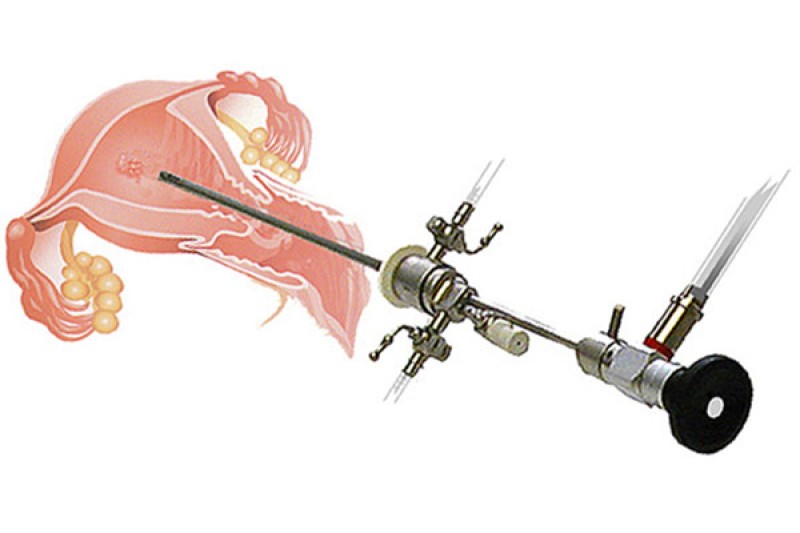Hysteroscopy is a valuable diagnostic and therapeutic procedure in the field of gynecology. It offers several benefits and is commonly performed to address various uterine issues. An experienced doctor specializing in minimally invasive surgery in South Delhi performs this technique for various purposes. Let us see why.
Why Hysteroscopy is Performed?
Here are some reasons why hysteroscopy is performed:
Diagnosis of Abnormal Uterine Bleeding
Hysteroscopy helps investigate the underlying causes of abnormal uterine bleeding, such as heavy or prolonged menstrual periods, postmenopausal bleeding, or intermenstrual bleeding. It allows doctors to visually examine the uterine lining and identify conditions such as uterine polyps, fibroids, endometrial hyperplasia, or uterine cancer.
Evaluation of Infertility
It plays a crucial role in evaluating and addressing infertility issues. It enables doctors to assess the uterine cavity for abnormalities that may hinder conception or implantation. Conditions like uterine septum, intrauterine adhesions (Asherman’s syndrome), or scar tissue can be diagnosed and treated during the procedure, improving the chances of a successful pregnancy.
Treatment of Uterine Abnormalities
In addition to diagnosis, hysteroscopy allows for therapeutic interventions. It can be used to remove uterine polyps or fibroids, resect uterine septum, and release intrauterine adhesions. By addressing these abnormalities, hysteroscopy can alleviate symptoms, improve fertility outcomes, and enhance overall uterine health.
How is Hysteroscopy Performed?
Hysteroscopy is a minimally invasive procedure that involves the use of specialized instruments to examine and treat the uterus. Here is how it is done:
Preparation
Before the procedure, the patient may receive general or local anesthesia, depending on the extent of the hysteroscopy. This ensures comfort and pain control during the procedure.
Insertion of the Hysteroscope
The hysteroscope, a thin and flexible instrument with a light source and camera, is gently inserted through the vagina and cervix, and into the uterus. Carbon dioxide gas or a saline solution may be used to expand the uterine cavity, providing a clearer view of the area.
Visual Examination
Real-time images captured by the hysteroscope’s camera are projected onto a monitor, allowing the doctor to visually examine the uterine lining. This enables the identification of any abnormalities or pathologies.
Therapeutic Interventions
If necessary, therapeutic procedures can be performed during hysteroscopy. This may include the removal of polyps or fibroids, resection of uterine septum, or lysis of adhesions. Specialized instruments are used to carry out these interventions.
Post-procedure Care
After the hysteroscopy, the patient is monitored in a recovery area until the effects of anesthesia wear off. Most hysteroscopies are performed on an outpatient basis, allowing patients to return home the same day. Mild cramping or spotting may occur, but these usually subside within a few days.
Hysteroscopy is a valuable procedure used in gynecology for diagnostic and therapeutic purposes. It provides a comprehensive examination of the uterus, allowing for the identification and treatment of various uterine abnormalities. Dr. Ruchi Tandon, an experienced Gynecologist Doctor in South Delhi is an expert in performing hysteroscopy.
